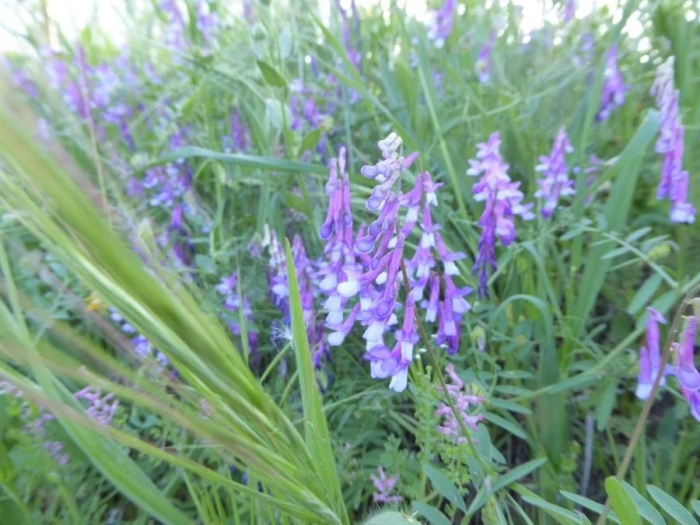Lentil
(Vicia lens)
Lentil (Vicia lens)
/
/

Luque carlos
CC BY-SA 4.0
Image By:
Luque carlos
Recorded By:
Copyright:
CC BY-SA 4.0
Copyright Notice:
Photo by: Luque carlos | License Type: CC BY-SA 4.0 | License URL: https://creativecommons.org/licenses/by-sa/4.0/ | Attribution: Luque carlos (cc-by-sa) | Rights Holder: Luque carlos | Publisher: PlantNet | Date Created: 2018-04-28T17:52:29Z | Title: Lens culinaris Medik.: flower | Notes: Hibiscus calyphyllus Cav.: fruit |
























Estimated Native Range
Summary
Vicia lens, commonly known as Lentil, is an annual herb that is part of the legume family, originating from the Mediterranean region and Southwest Asia, including areas of Turkey and Syria. Lentils are adapted to grow in a variety of conditions, from dry open areas to agricultural fields. They are particularly suited to the semi-arid conditions found in their native range. The plant typically grows to about 40 cm (16 inches) tall, with a bushy growth habit. Lentils are known for their distinctive lens-shaped seeds, which are a staple food crop around the world. The flowers are small, typically blue, violet, or white, and appear in the summer. Lentils are valued for their high-protein seeds and are a key ingredient in many cuisines, particularly in South Asian dishes such as dals.
Lentils are cultivated for their seeds, which are harvested in the late summer. They are a low-maintenance crop that can thrive in poor soil conditions, although they grow best in deep sandy loam soils with moderate fertility and a neutral pH around 7. Lentils are drought-tolerant and do not tolerate waterlogged conditions. They are often used in rotation with other crops to improve soil fertility, thanks to their ability to fix nitrogen. In temperate climates, they are sown in winter or spring, while in subtropical regions, they are planted at the end of the rainy season. Lentils can be problematic if they become a volunteer weed in subsequent crops. They are not commonly grown in home gardens but are an important agricultural crop.CC BY-SA 4.0
Lentils are cultivated for their seeds, which are harvested in the late summer. They are a low-maintenance crop that can thrive in poor soil conditions, although they grow best in deep sandy loam soils with moderate fertility and a neutral pH around 7. Lentils are drought-tolerant and do not tolerate waterlogged conditions. They are often used in rotation with other crops to improve soil fertility, thanks to their ability to fix nitrogen. In temperate climates, they are sown in winter or spring, while in subtropical regions, they are planted at the end of the rainy season. Lentils can be problematic if they become a volunteer weed in subsequent crops. They are not commonly grown in home gardens but are an important agricultural crop.CC BY-SA 4.0
Plant Description
- Plant Type: Herb
- Height: 0.7-1 feet
- Width: 0.63-0.9 feet
- Growth Rate: Moderate
- Flower Color: Blue, White
- Flowering Season: Summer
- Leaf Retention:
Growth Requirements
- Sun: Full Sun
- Water: Low, Medium
- Drainage: Slow, Medium
Common Uses
Bee Garden, Butterfly Garden, Edible*Disclaimer: Easyscape's listed plant edibility is for informational use. Always verify the safety and proper identification of any plant before consumption., Low Maintenance
Natural Habitat
Originating from the Mediterranean region and Southwest Asia, including areas of Turkey and Syria
Other Names
Common Names:
Scientific Names: , Lens culinaris, Lens esculenta, Lens orientalis, Ervum lens, Vicia lens, Lens culinaris subsp. culinaris, Lens culinaris subsp. esculenta, Cicer lens, Ervum orientalis
GBIF Accepted Name: Vicia lens (L.) Coss. & Germ.